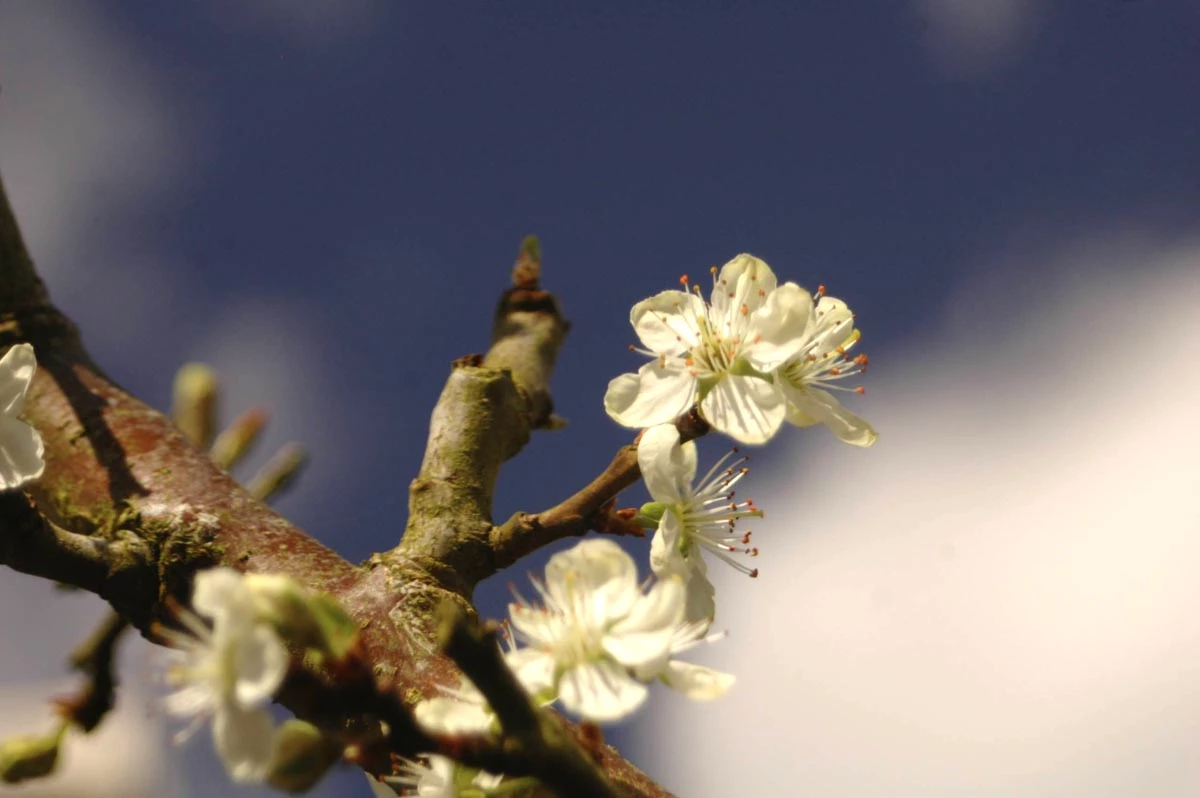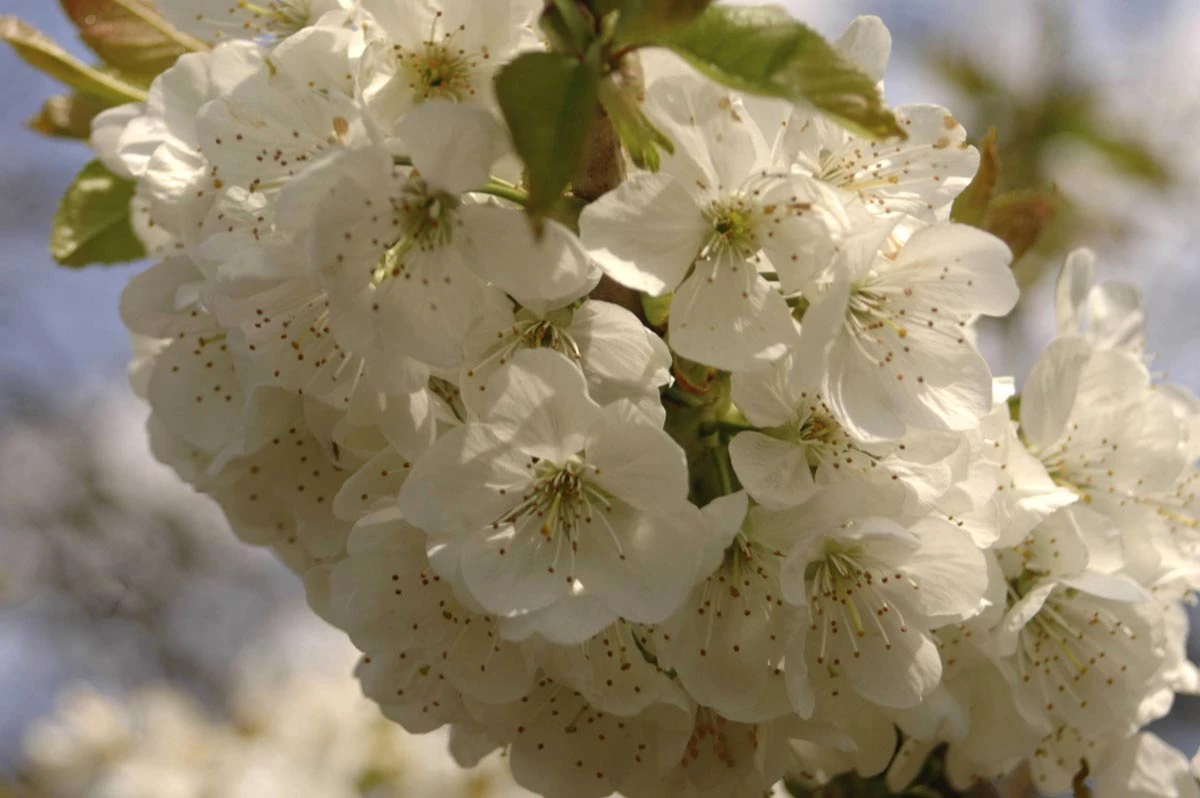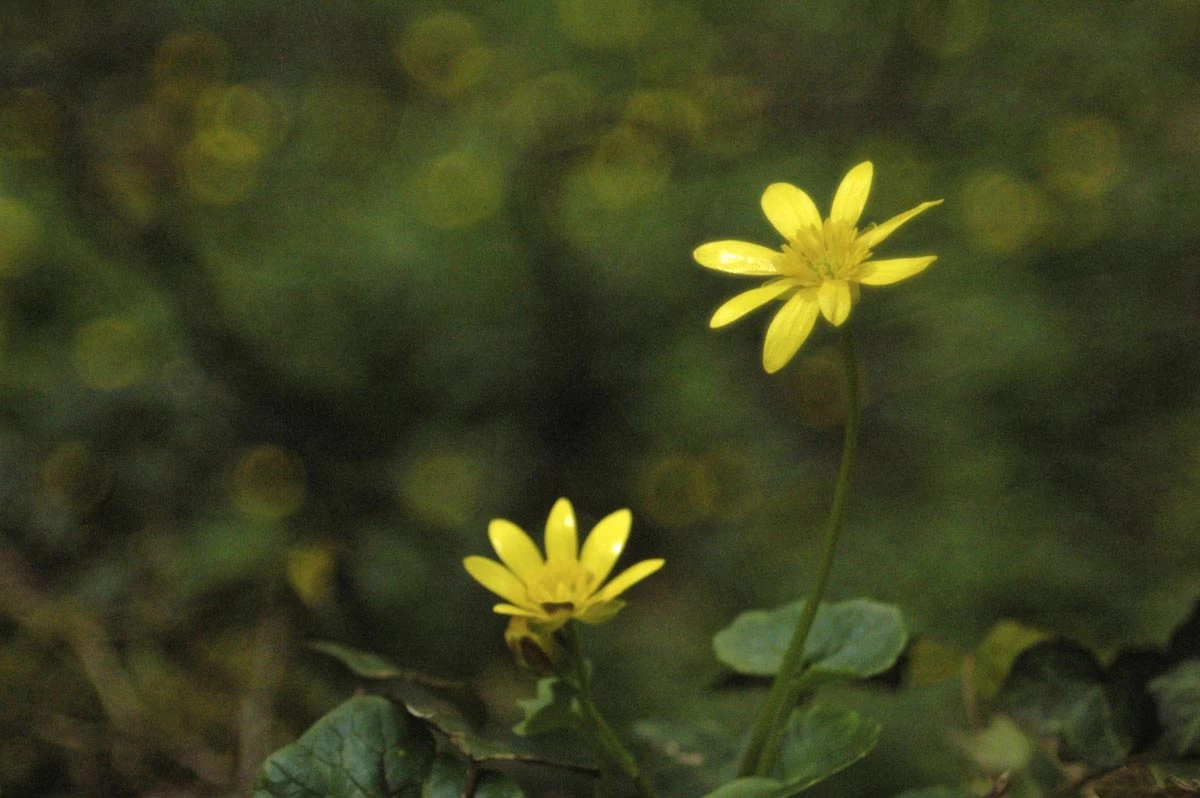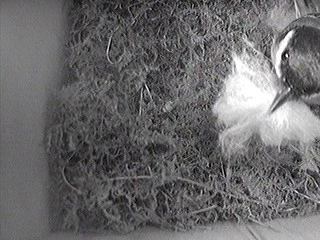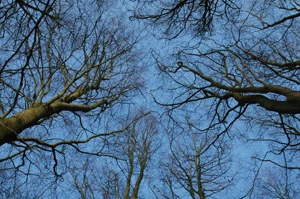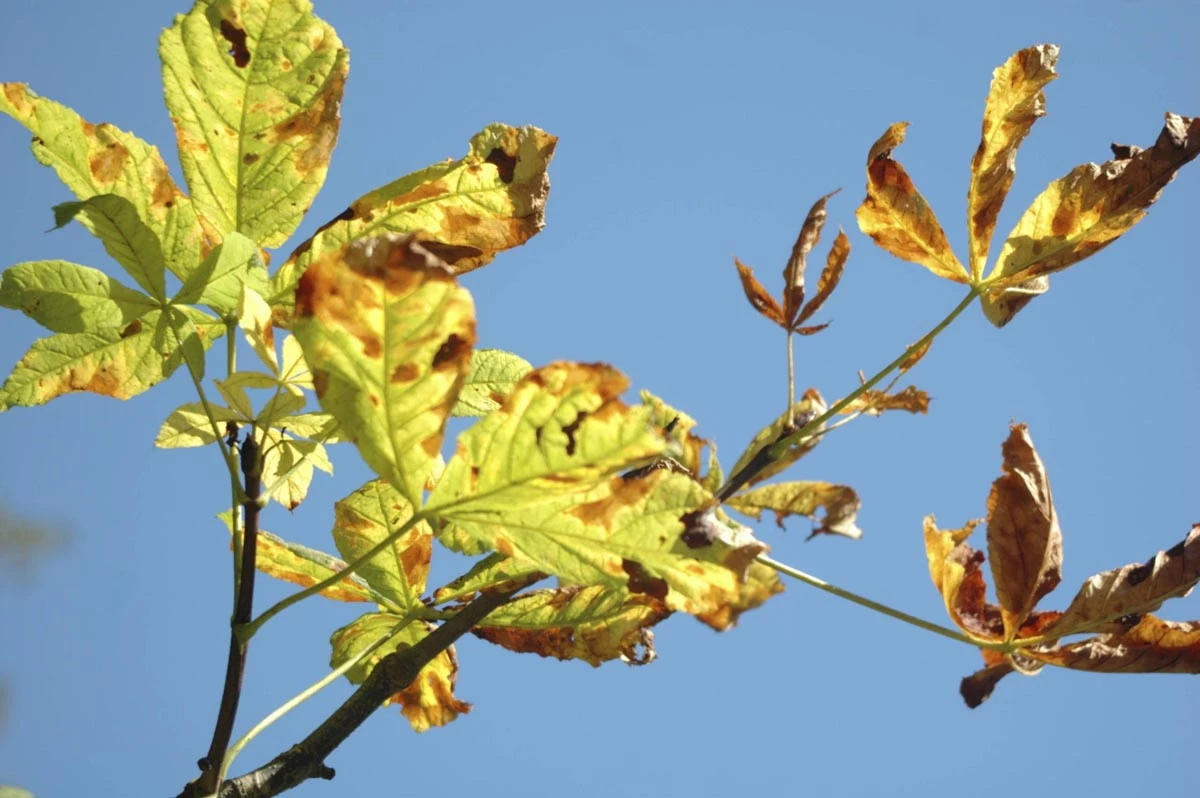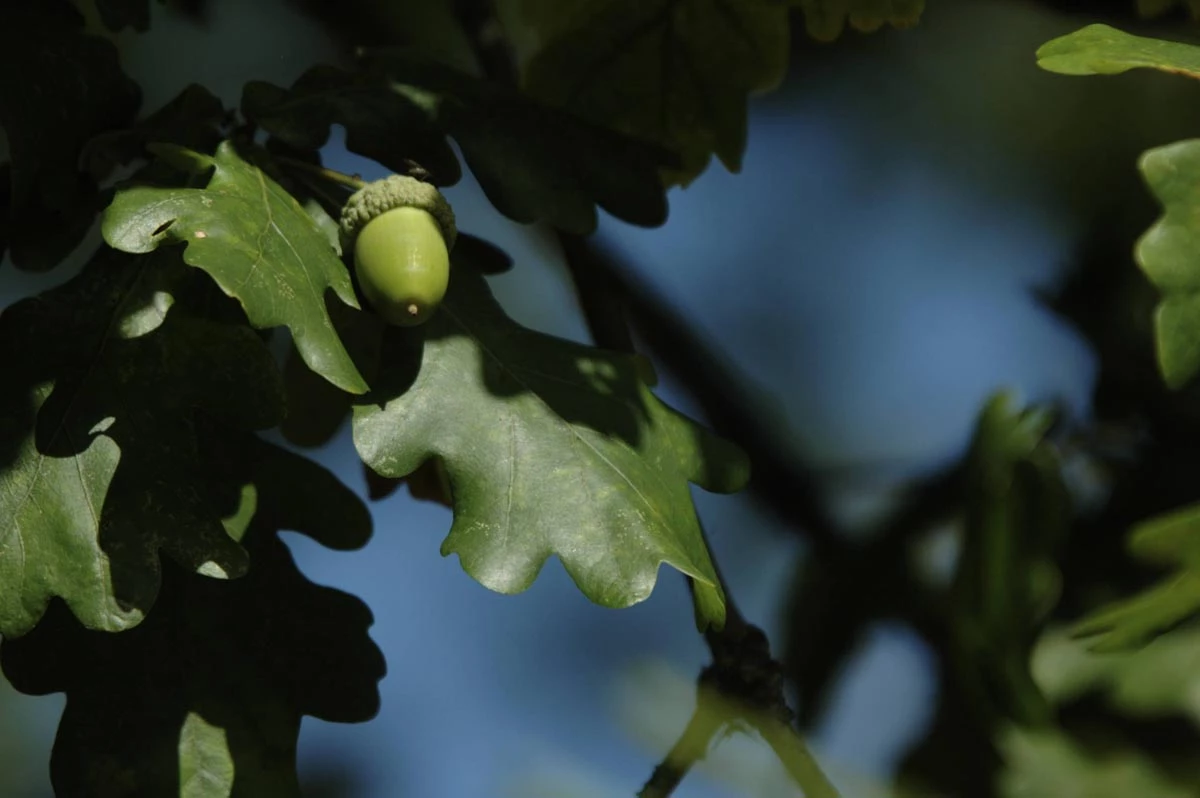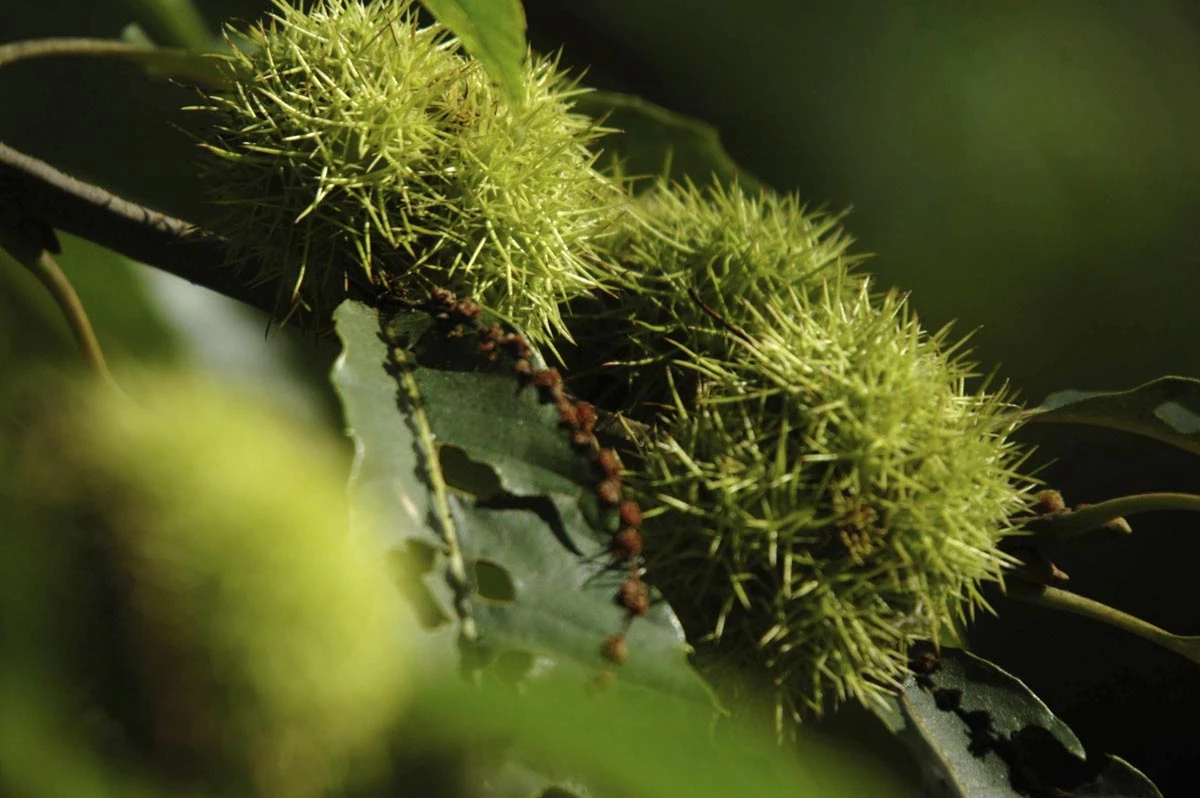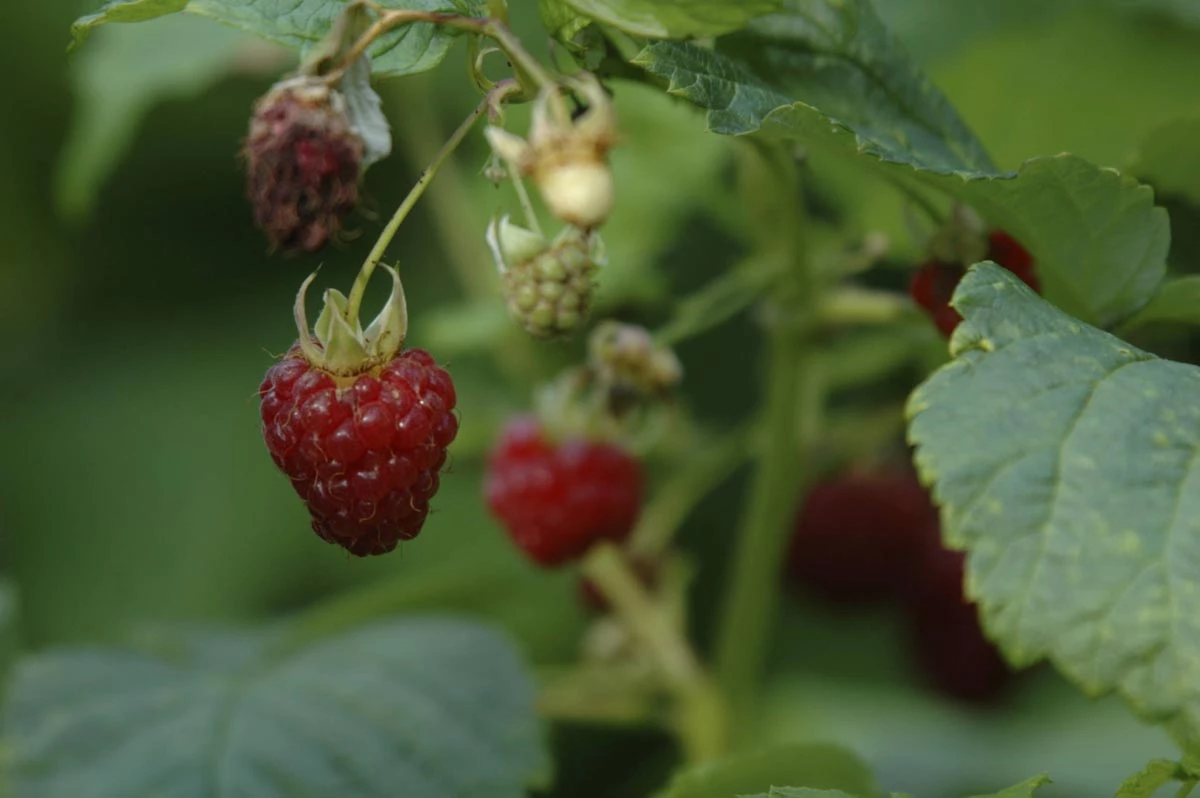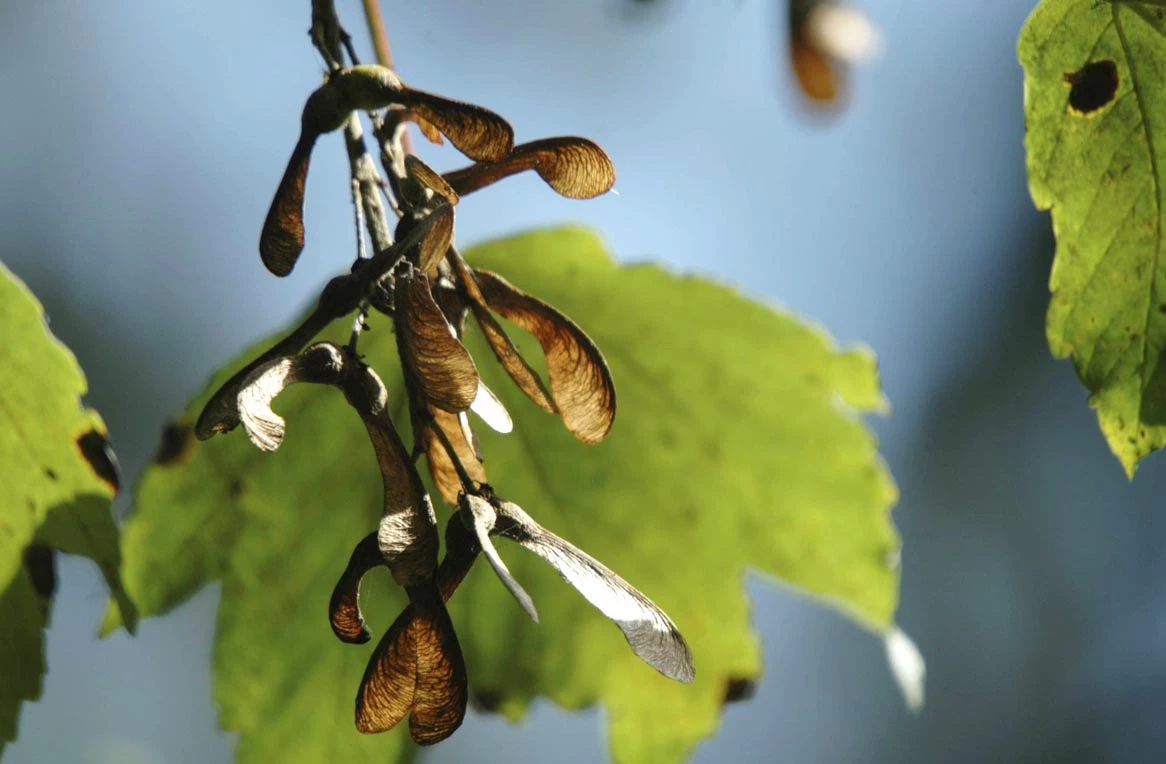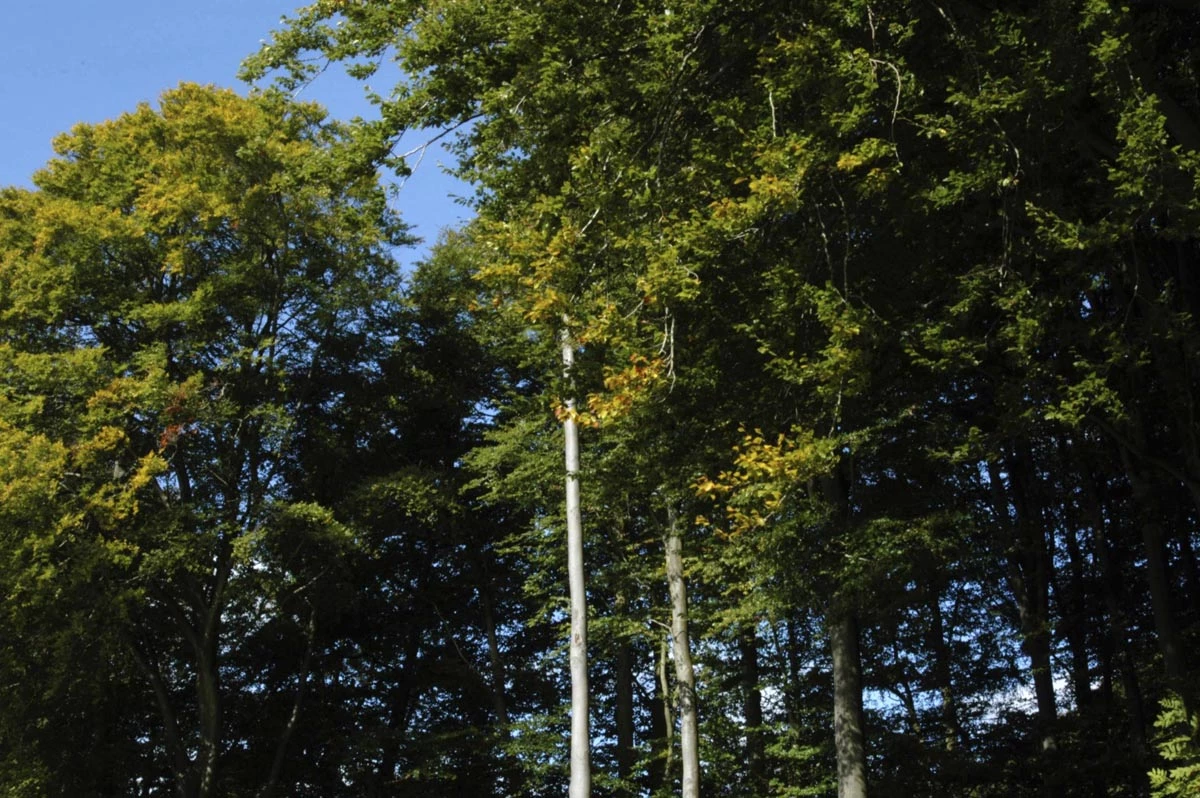Spring Explosion
, 27 April 2010
After one of the coldest and longest winters on record, spring has well and truly arrived. The weather over the past few weeks has been warm enough to put recent summers to shame. Add to that the explosion of flowers in every field, garden and crack in the pavement and you’ve got a spectacular spring in the making.
The extra-long winter has meant that many species that normally flower early in the season have delayed until now. For example the Hazel catkins (‘lambs tails’ to you and me), which flowered here at the end of January in last year were only just starting to emerge in early March this year.
At St Fagans this late flowering has meant that many early and late species are flowering together; Snowdrops and Celandines, Daffodils and Bluebells, so there’s an absolute feast for the eyes at the moment! See here for an interesting article about this year’s unusual weather and what it may mean for wildlife.
Spring isn’t all botany though, and the birds have been getting steadily louder since the weather has been improving. This is the time of year when the feathered folk attempt to attract a mate and defend a territory by singing as loud and as often as possible. Once this task is achieved they have to build a nest and raise a brood (or maybe even two if they have the energy).
This leads me to some rather exciting news that we have a Great Tit nesting in our specially rigged nest box. At the moment she is just building the nest and roosting there in the evening, but once she lays her eggs (fingers crossed) it is going to be extremely exciting! I’ll be keeping a keen eye on events and posting any activity on my Twitter page – so sign up if you want to get tweets about our nest of tweeters on Twitter!
Many birds have flown from the continent or even Africa to take advantage of the glut of insects that hatch here at this time of year. Warblers such as Chiffchaff, Willow Warbler, Wood Warbler and Blackcap make up a large number of these migrants and they add plenty of new voices to the dawn chorus which is at its best right now. There are still a few places on my dawn chorus walk this Saturday if you fancy an early start and a walk about St Fagans.
Anyway, best be off. But keep checking back as this is going to be a busy season!

